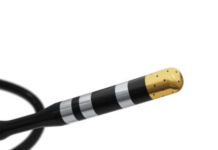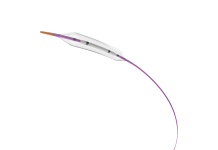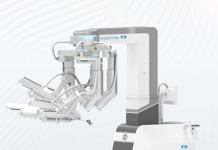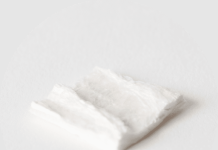Ciliatech announced it received CE mark approval for its Intercil uveal spacer, an eye implant for treating glaucoma.
The Chavanod, France-based company labeled Intercil as the first in a brand-new class of glaucoma surgical procedure — cilioscleral interpositioning device (CID). It designed the device to lower intraocular pressure (IOP) by increasing uveoscleral outflow. However, it aims to achieve this without penetrating the anterior chamber of the eye.
According to a news release, the approach could preserve the integrity of the anterior chamber of the eye using a “no-bleb-no-cleft” approach. This offers potential benefits in minimizing the risk of corneal endothelial cell loss.
Related: Brightonix wins FDA nod for flagship PET imaging system
Key features include 360° positioning capabilities around the eye to ensure optimal placement. It has suitability for narrow-angle glaucoma patients along with standalone effectiveness in primary open-angle glaucoma (POAG) and primary angle-closure glaucoma (PACG).
Ciliatech’s advance comes as the latest development in the uveoscleral space. Last week, U.S.-based Iantrek announced significant funding to support its own device targeting that space in glaucoma treatment.
With CE mark, the company said it’s set to advance commercial use of Intercil across the European Union. It plans to expand approval in other regions, starting with the UK. The company also said it secured funding to support sales development in Europe and a strategy rollout in the U.S.
“Ciliatech is thrilled to obtain CE certification for our Intercil uveal spacer under the scope of MDR. This critical step is the culmination of years of hard work and significant investment,” said Olivier Benoit, CEO of Ciliatech. “In our steadfast commitment to offering a genuine solution to patients who endure the impacts of glaucoma and thanks to new funding, we can now accelerate the commercial availability of Intercil, roll out its distribution in select European countries and plan for future registrations in key markets, notably the U.S. and China. We anticipate that glaucoma surgeons and early adopters of innovation will see the value in our ‘no-bleb-no-cleft’ approach in achieving robust IOP lowering with minimal post-op care.”






